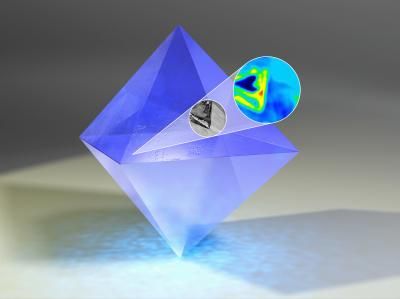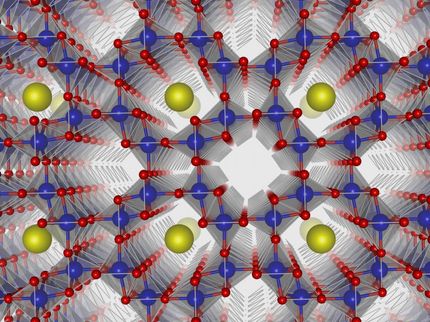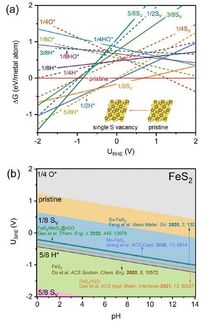Synthetic diamond steps closer to next generation of high performance electrochemical applications
Element Six and the University of Warwick partnership explores electrochemical properties of boron-doped synthetic diamond electrodes
Advertisement
Element Six and academic researchers from the University of Warwick's Departments of Chemistry and Physics, have demonstrated the key factors that determine the electrochemical properties of metal-like boron-doped synthetic diamond. The research shows that boron-doped synthetic diamond has outstanding electrochemical properties while retaining the full strength and durability of its chemical structure. This research opens the possibility of exploiting synthetic diamond's electrochemical technologies in a wide range of applications ranging from sensors to electrocatalysis.

Element Six and academic researchers from the University of Warwick’s Departments of Chemistry and Physics, have demonstrated the key factors that determine the electrochemical properties of metal-like boron-doped synthetic diamond. The research shows that boron-doped synthetic diamond has outstanding electrochemical properties while retaining the full strength and durability of its chemical structure. This research opens the possibility of exploiting synthetic diamond’s electrochemical technologies in a wide range of applications ranging from sensors to electrocatalysis.
© Element Six
The study's material science findings have been published in Angewandte Chemie Intl. Ed. The paper demonstrates that the material's electrochemistry is determined by its local boron levels and the corresponding density of electronic states. The amount of boron doping in the material, coupled with a reduction in graphitic content to below detectable levels, makes synthetic diamond an ideal material for the study of electrochemical reactions over a wide potential measurement range.
The research was made possible by the high quality boron-doped synthetic diamond samples grown by Element Six through chemical vapour deposition (CVD), and optimised specifically for electrochemical applications. Element Six has a number of patents and patent applications covering its boron-doped synthetic diamond materials suitable for electrochemical applications, part of its portfolio of 600+ granted patents worldwide.
The collaborative research managed to overcome the challenge of creating a synthetic diamond material that is electrochemically active without affecting its chemical structure. The study revealed that it was possible to both dope the material with sufficiently high levels of boron to enable metal electrode-like behaviour, but at the same time suppress the formation of graphitic carbon to below detectable levels, which is normally found in this class of material. As a result, the team has delivered an optimised material which maximises the range of analytes that can be detected in solution in combination with a lowering of detection limits.
The boron-doped synthetic diamond electrodes with optimised characteristics will enable electrochemical sensors that have enhanced sensitivity, selectivity and reliability. These sensors would be able to exploit the hard-wearing properties of synthetic diamond while being able to withstand harsh environments and abrasive cleaning.
Steve Coe, Element Six Group Innovation Director, said: "We've been working closely with the University of Warwick team for six years and this is a tremendous achievement for everyone involved. We're particularly proud to have created such a high quality material with our chemical vapour deposition technology. To create high enough levels of boron doping without any significant graphitic content was a real challenge – but the successful result allowed us to demonstrate the material's electrochemical properties and open up the possibility of useful applications such as extremely sensitive and reliable electrochemical sensors."
One of the lead researchers on the paper, Professor Julie MacPherson from the University of Warwick, Department of Chemistry, added: "This research clearly demonstrates what an extremely useful material boron-doped synthetic diamond is. It could well be the material of choice for the electrochemical applications of the future."
The synthetic diamond technical work was completed by the Element Six R&D team based at Ascot in the UK who developed novel processes for growing synthetic diamond using CVD techniques, whilst the electrochemical studies were carried out by the Electrochemistry and Interfaces Group in the Department of Chemistry, the University of Warwick.

























































